Being Healthy In Japan On A Budget
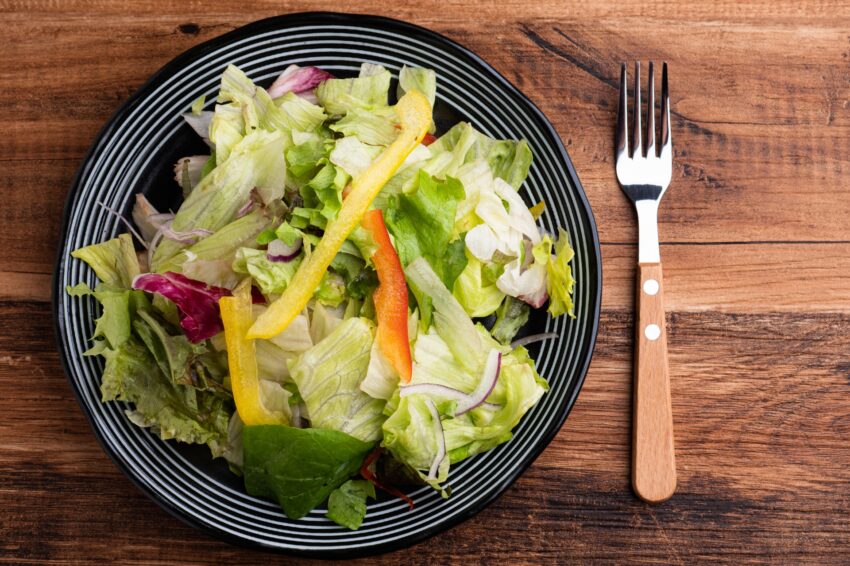
Top photo: kotestu427さん on PhotoAC
In this article, I am going to be discussing the different ways in which you can stay healthy whilst living in Japan. Whilst the methods might be similar to how you would in other countries, there are still a few things to keep in mind when preparing to move to Japan, or even if you are already here and are planning on trying to change to a healthier lifestyle.
Eating Healthy In Japan
Breakfast
When you want to have a healthy breakfast in Japan, it is relatively easy. At home, you can have fruit or cereal, even though they might be slightly more expensive. However, you also have other alternatives like cereal bars, protein bars, and well-balanced snack bars which you can buy in every supermarket.
Whilst the fruit might be more expensive than in your home country, you can still find relatively cheap fruit as long as you are not picky. The bars will be relatively cheap, costing anywhere from 100-150 yen typically. One thing to be careful of is the selection of bread Japan has. Whether you go into a conbini or a supermarket, you will also see the sweet bread section with a variety of different options, whilst these might be cheap, they are not exactly healthy, so it is something to beware of.
Lunch
As an ALT, lunch will be one of the most effortless meals. At most schools, you will be allowed to have the school lunch called “Kyuushoku” in Japanese. Kyuushoku is a well-balanced meal served to the students and will cost you about 300 yen. The schools have nutritionists who make well-balanced meals for the kids. Meaning it will also be well-balanced for you and cheap.
There is also a lot of day-to-day variety so you will never get bored of the meals. On the days you are not at school, or because you do not want the school lunches. There are varieties of different food options in both conbini‘s and supermarkets, such as rice balls, sushi, and noodles. There are other options such as fried foods that are unhealthier. However, remember to treat yourself from time to time.
Dinner
There is a lot of variety when it comes to dinner in Japan. The first option is to cook at home. Cooking at home can be cheap or expensive depending on your cooking. Japan has a lot of foreign shops where you might be able to find ingredients from your own country, however, these will tend to be more expensive than Japanese-sourced foods.
So if you learn how to cook Japanese foods, then it’ll most likely be cheaper in the long run. Keep in mind when cooking at home, that you will most likely not have much cooking space, one hob, a toaster, and a grill. You will not have an oven, so that will play a big role in what you can and can’t cook depending on what country you are from.
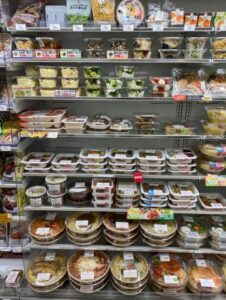 Just like with lunch, you can also buy your dinner from the conbini or supermarket. One thing I learnt was that if you go to the supermarket around 7 pm or later, you will be able to find discounted, premade meals that you can microwave at home. There will be a variety of unhealthy foods and healthy foods so you can eat healthily and treat yourself every once in a while. All for about 2-300 yen per portion.
Just like with lunch, you can also buy your dinner from the conbini or supermarket. One thing I learnt was that if you go to the supermarket around 7 pm or later, you will be able to find discounted, premade meals that you can microwave at home. There will be a variety of unhealthy foods and healthy foods so you can eat healthily and treat yourself every once in a while. All for about 2-300 yen per portion.
The final option is eating out, whilst a lot of Japanese food might seem healthy, it’s worth keeping in mind that not all are. Whilst portion sizes might be small and they might seem healthy, a lot of Japanese foods are fried and contain a lot of salt. The healthier food options tend to be more expensive but are still affordable on the wage of an ALT. Japan has a variety of foreign restaurants and Japanese restaurants, so you will definitely be able to find something you enjoy.
Exercising in Japan
Exercising in Japan is relatively easy and can be cheap depending on what type of exercise you intend on doing. The hardest part about exercising in Japan is having the motivation to start and continue.
Gyms
Unfortunately, Gyms can be expensive in Japan. The monthly cost ranges from 8000-14000 yen (Within Tokyo). However, the first month will typically set you back about 20,000 yen because you will pay for two months and also a joining fee.
 However, in gyms like Anytime Fitness, this means you won’t be charged for the second month with the payments will start coming out of your bank from the third month due to having paid two months upfront.
However, in gyms like Anytime Fitness, this means you won’t be charged for the second month with the payments will start coming out of your bank from the third month due to having paid two months upfront.
So whilst the set-up fee might be a big chunk at the start, after that, it is still very affordable to go to the gym on the wage of an ALT. Keep in mind that gyms will require you to cover up tattoos you have, and some will even refuse entry due to the tattoos.
Running/Walking
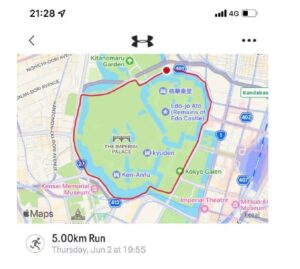 If you would rather not spend the money on going to the gym, and at home exercise is impossible due to the size of your apartment, a cheap form of exercise is walking or running.
If you would rather not spend the money on going to the gym, and at home exercise is impossible due to the size of your apartment, a cheap form of exercise is walking or running.
All you need for this is running gear such as a shirt, shorts, and running shoes. All of which can be bought for under 10,000 yen. You can download apps on your phone to keep track of what exercise you do, how many calories you lose, and the distance you run.
Running around cities like Tokyo is pretty safe, and you will see many people of different genders running even at night. However, it can be a bit of a pain with the amount of waiting at traffic lights. If you are in bigger cities and would rather run with other people, there are plenty of events on sites such as Meetup where you can participate in running events with other people and make friends at the same time.
For example, one of the runs which I do is the famous Imperial Palace run which is a 5km run around the Imperial Palace. I do this with people I’ve met off Meetup and we do it every week.
Hiking/Nature
 Whilst living in Japan you will have the brilliant opportunity to experience the abundance of nature that Japan has to offer. Even if you are in a major city, you will also be on a short train journey away from the countryside and be able to hike in the mountains of Japan. For example, if you are in Tokyo, you can easily travel toward Takao and climb up Mount Takao which has a selection of different courses depending on your skill level.
Whilst living in Japan you will have the brilliant opportunity to experience the abundance of nature that Japan has to offer. Even if you are in a major city, you will also be on a short train journey away from the countryside and be able to hike in the mountains of Japan. For example, if you are in Tokyo, you can easily travel toward Takao and climb up Mount Takao which has a selection of different courses depending on your skill level.
There are also several other mountains in the area of Tokyo. You can even go to surrounding prefectures for the day such as Yamanashi, Gunma, and Tochigi if you are in Tokyo. If you are in Kansai, you’ll have Hyogo, Kyoto, Nara, and Wakayama with mountains which you can climb or normal hiking routes which make for good days out.
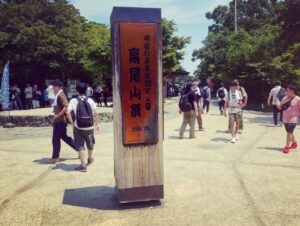 During your month off in August, you will also have time to explore further areas of Japan. For example, one of the most popular climbs in August is the Mt. Fuji climb, which for the cost of about 20,000 yen, you can buy a tour package which includes a return coach journey, a night in the hut near the summit of Mt. Fuji, and also summiting Fuji for sunrise. These are just a few of the many activities that you can find in Japan.
During your month off in August, you will also have time to explore further areas of Japan. For example, one of the most popular climbs in August is the Mt. Fuji climb, which for the cost of about 20,000 yen, you can buy a tour package which includes a return coach journey, a night in the hut near the summit of Mt. Fuji, and also summiting Fuji for sunrise. These are just a few of the many activities that you can find in Japan.
In Conclusion
Being healthy isn’t hard, it doesn’t have to be expensive either, no matter what your budget it is, there are always ways to be healthy here in Japan so once you arrive you can test different methods and find the best method for yourself.
By being healthy, you will keep yourself in better condition to tackle the job more efficiently, give the kids a better experience and opinion of a foreign world and your general mood will be better and you’ll also be able to explore more of Japan and enjoy your time here. Whilst it is a job, you still want to be making sure that you are enjoying this experience as much as possible.
Photo & Information Credits:
Top photo: kotestu427さん on PhotoAC
All additional images taken and provided by the original author, used with permission
All other content (text) created by the original author and © 2022 MUSUBI by Borderlink
RELATED
-
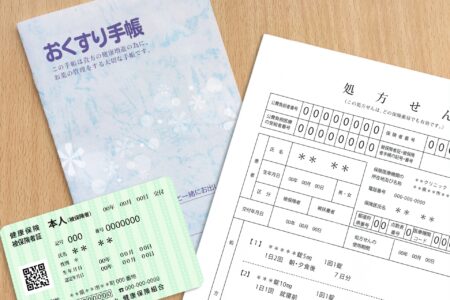
A Layman’s Guide to Japan’s Health Insurance System
Top Image: Hadesさん on PhotoAC Health Insurance in Japan can sometimes seem like a real pain in the neck, but i… -
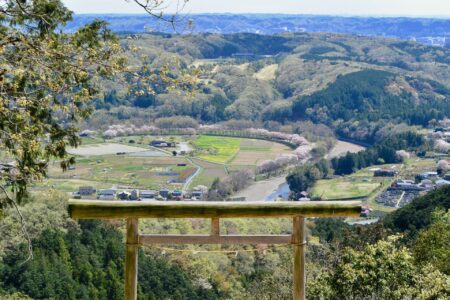
Japan’s Hiking Culture (Part 2)
Top photo: アオウミガメさん on PhotoAC Be sure to read Part 1 of this article first! Highlights of our first trail I f… -
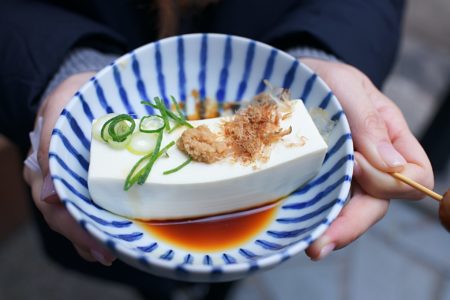
Healthy Living in Japan
Top Photo: Sherman Kwan on Unsplash Japan is an old country, in more ways than one. In the most literal sense…
PEOPLE

Gene Rickman
A First-year Tokyo ALT from the United Kingdom!


